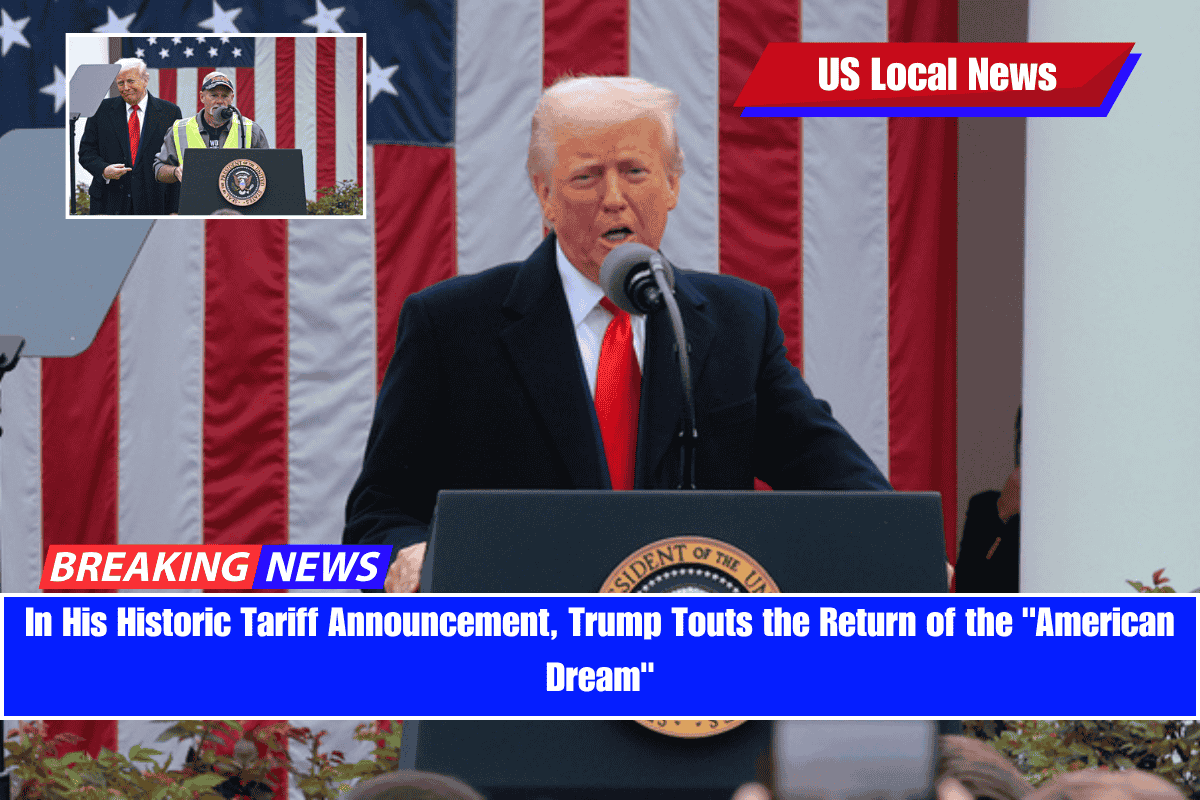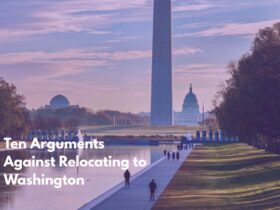WASHINGTON, D.C. – April 2, 2025 – In a major announcement from the White House Rose Garden, President Donald Trump officially rolled out a new reciprocal tariff policy during the “Make America Wealthy Again” event, calling it a bold move to restore the American dream, create jobs, and protect U.S. industries.
Calling it “Liberation Day,” Trump declared that the new tariffs are aimed at fighting decades of unfair foreign trade practices and giving American workers a chance to prosper again.
What Are Reciprocal Tariffs?
Under this plan, the U.S. will charge half the tariff rate that foreign countries currently charge on American goods. The move is meant to level the playing field in international trade.
Examples Shared by Trump:
- European Union: U.S. will charge 20%, compared to the EU’s 39%
- Japan: U.S. will charge 24%, compared to Japan’s 46%
- China: U.S. will charge 34%, compared to China’s 67%
Other countries like Chile, Pakistan, and Sri Lanka are also included. For countries not specifically mentioned, a baseline 10% tariff will apply.
Trump: Time to Bring Jobs Back to America
Speaking to an audience of steelworkers, farmers, and factory workers, Trump said:
“For years, foreign leaders have stolen our jobs, ransacked our factories, and destroyed our American dream. Now, it’s our turn to prosper.”
He added that the money raised from tariffs will be used to reduce taxes, pay down the national debt, and rebuild U.S. industries.
“Jobs and factories will come roaring back,” Trump said. “This is the start of a new economic era.”
Fighting Non-Tariff Barriers Too
Trump also criticized non-tariff trade barriers such as:
- Quotas
- Export restrictions
- Health regulations that block U.S. meat and produce
He accused foreign countries of currency manipulation, unfair rules, and creating “pollution havens” to weaken American businesses.
“Sometimes the non-monetary barriers are even worse than tariffs,” Trump said.
A Return to Tariff-Based Prosperity
Trump explained that from 1789 to 1913, the U.S. was a tariff-funded nation, and during that time, it became the wealthiest country in the world.
“We collected so much money, we didn’t know what to do with it,” he said. “That’s a good problem to have.”
He added that if foreign companies don’t want to pay the tariffs, they should simply build their products in America.
White House: “Liberation Day” Marks New Economic Era
White House Press Secretary Karoline Leavitt called April 2, 2025, one of the “most important days in modern American history.”
She said that while the U.S. has always been an open economy, many foreign nations have closed their markets to American goods. The new tariffs aim to fix that imbalance.
“We are focused on making America a manufacturing superpower again,” Leavitt said.
$600 Billion a Year Expected From Tariffs
According to White House trade advisor Peter Navarro, the reciprocal tariff plan could generate $600 billion per year — or $6 trillion over the next decade — for the U.S. economy.
The announcement builds on earlier tariffs Trump had imposed, including:
- 25% on aluminum and steel imports
- 20% on Chinese goods
- 25% on imports from Mexico and Canada (now active as temporary exemptions expired on Liberation Day)











Leave a Reply